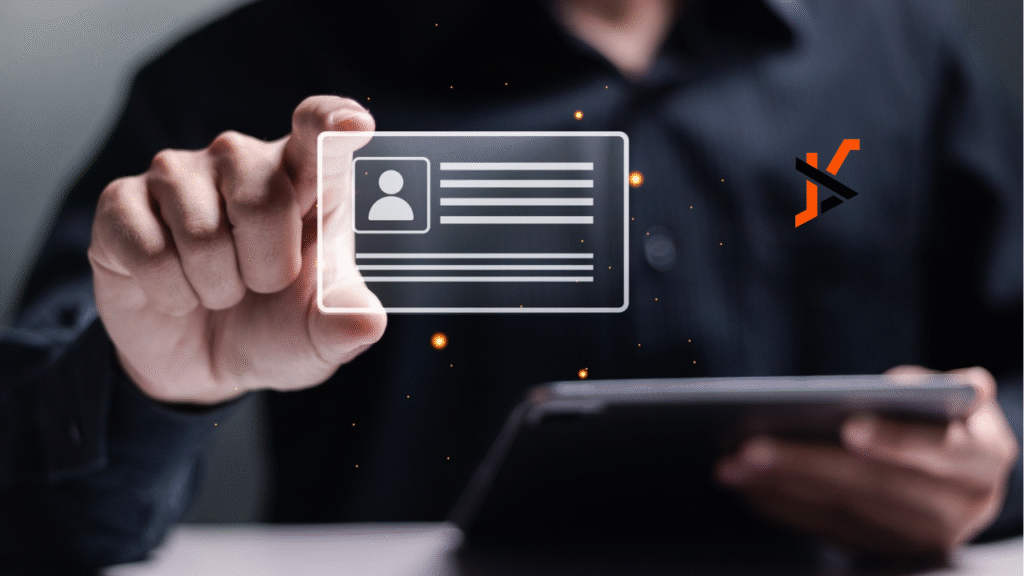Physical business cards once dominated networking events and meetings. People carried stacks of paper cards to conferences or client visits. Now, professionals increasingly turn to contactless cards. This shift reflects changes in technology, convenience, and data handling. Digital options are easier to update, simpler to share, and often integrate with the tools companies already use.
1. Moving from Paper to Digital
A paper card has limited space and fixed details. A virtual business card expands the possibilities. It can display multiple phone numbers, job titles, and links without clutter. Professionals can update a single record rather than reprinting a batch. Interactive formats also allow recipients to save contact information directly into their phones. This reduces the friction that comes with manual entry and errors.
2. Convenience and Instant Updates
Many professionals keep changing roles or responsibilities. A digital format lets them refresh their contact details in real time. When an update occurs, everyone who already has the link or code sees the new information immediately. That cuts waste and lowers printing costs. It also allows individuals to show current credentials without waiting for a new order to arrive from a printer.
3. Multiple Sharing Methods
Contactless cards use different tools to share information. People can distribute their profiles using QR codes at events, email signatures, or presentation slides. Others prefer a tap-based method using an NFC card. These options work with a range of phones and tablets. As a result, exchanging data no longer depends on carrying stacks of paper or worrying about running out.
4. Capturing and Managing Leads
Traditional cards make lead follow-up slow. Someone has to type the details into a database, which introduces errors. Digital cards can streamline lead capture. Information flows directly into contact management tools or spreadsheets. This automatic transfer shortens response times and improves accuracy. Professionals see fewer lost opportunities because the system handles entry tasks.
5. Integrating With Digital Tools
A contactless card can link with a mobile app that manages sharing, analytics, and updates. People on Android devices or iPhones can view the same profile without compatibility issues. Adding social media links helps recipients connect on platforms where ongoing conversation happens. Each person builds a richer digital profile than a paper card ever allowed.
6. Easier Contact Sharing Across Platforms
Modern systems support direct contact sharing. Recipients can save details to their phones or add them to their social media accounts with one click. Many platforms also offer CRM integrations, so data flows straight into sales or support systems. This saves time and reduces duplication of work for teams managing large contact lists.
7. Beyond the First Interaction
Digital cards fit into broader communication habits. They can appear in email signatures or during video calls as virtual backgrounds. This keeps a person’s details visible even when no physical meeting happens. Organisations that adopt contactless cards can maintain consistent branding across online and offline touchpoints.
8. Device Compatibility and Customisation
An NFC-enabled device can read data from a tap-based card instantly. People can also customise their profile with logos, headshots, or key links. This flexibility allows each professional to control how they present themselves without printing delays. The ability to share contact information across different contexts makes networking faster and simpler.
9. Improving Contact Management
Digital cards can connect directly with Google Contacts for easy storage. They also support an enrichment process where missing details are filled automatically. Integration with CRM systems allows teams to update records without manual entry. Strong customer support options from many providers help organisations set up these connections smoothly.
10. Broader Impact for Organisations
Companies using contactless cards often see a stronger market presence. They collect better data while building meaningful connections at events. Attendees experience a smoother online experience because links work instantly. Cards can carry variable data tailored to different campaigns, reducing reprints. Shorter production time and offline capabilities add practical benefits for teams on the go.
11. Managing Digital Interactions and Security
Networking no longer ends when people leave a conference room. Digital interactions continue through links and saved profiles. Providers of contactless cards often highlight security compliance so that data stays protected. They also rely on scanning technology that minimises errors during data transfer. Some services even claim an industry leading match rate when enriching or verifying contacts. All these features improve the overall user experience for professionals who depend on accurate information.
Conclusion
Contactless business cards have moved far beyond being a novelty. They give professionals flexible ways to present information, keep details current, and integrate with the systems they already use. Sharing data becomes faster, lead follow-up improves, and teams gain better insights into their connections. These factors explain why so many professionals now prefer contactless cards over paper alternatives.

